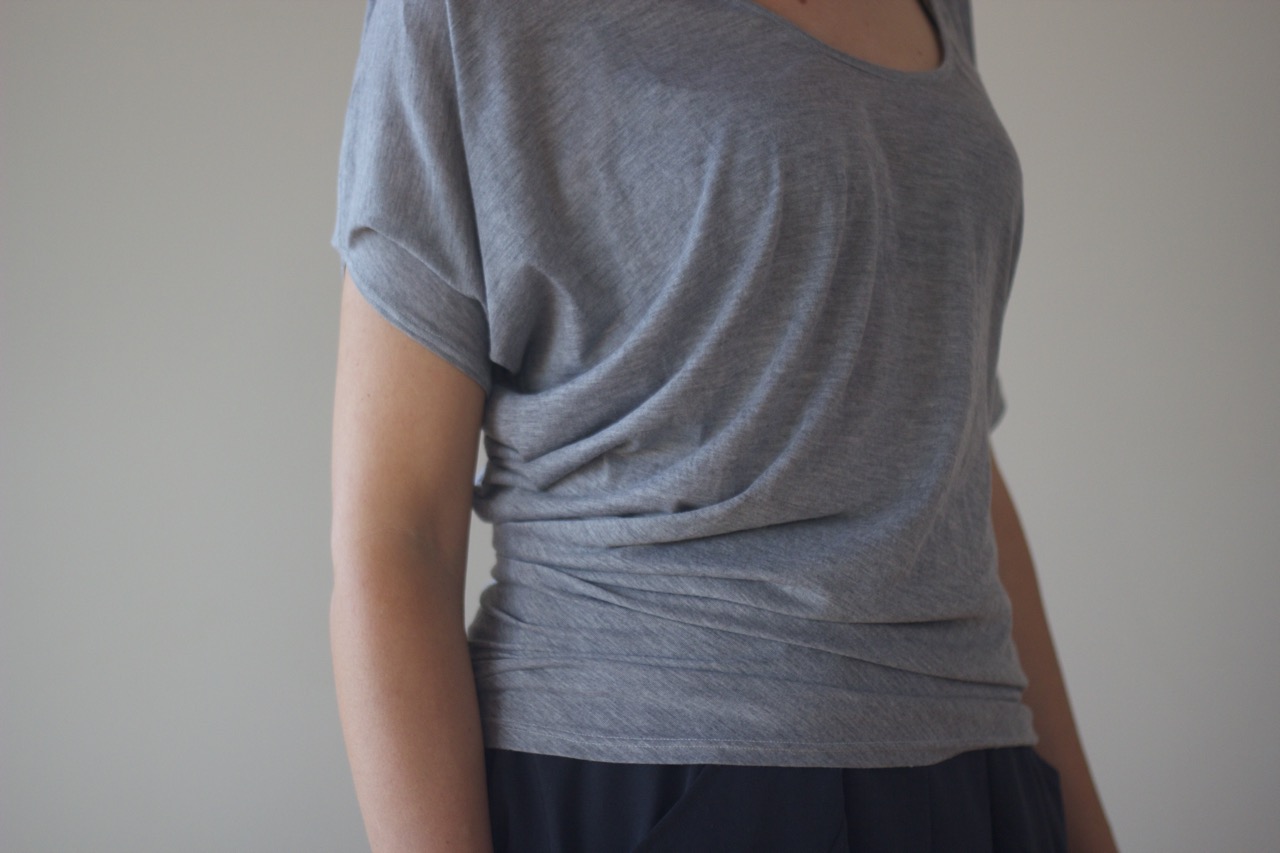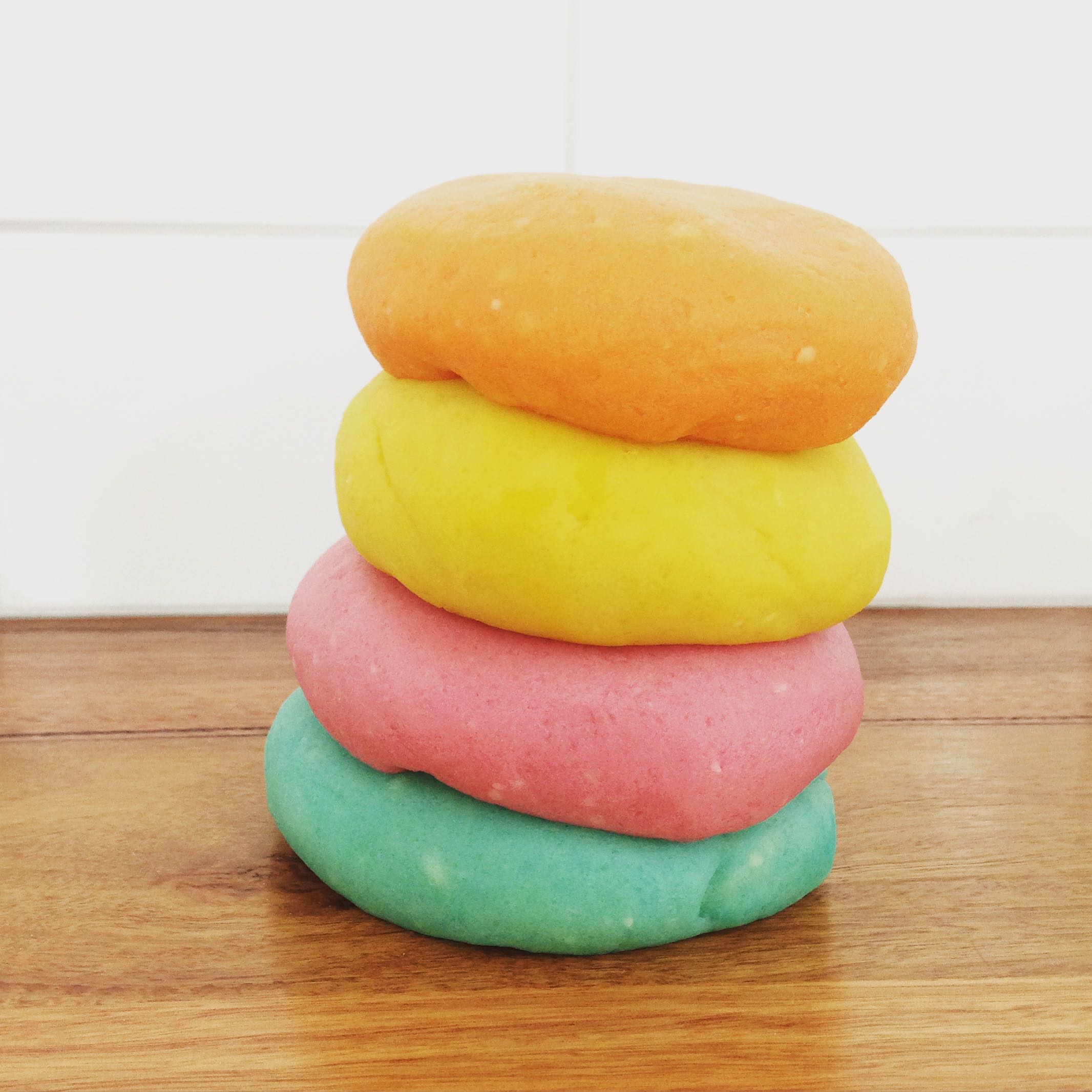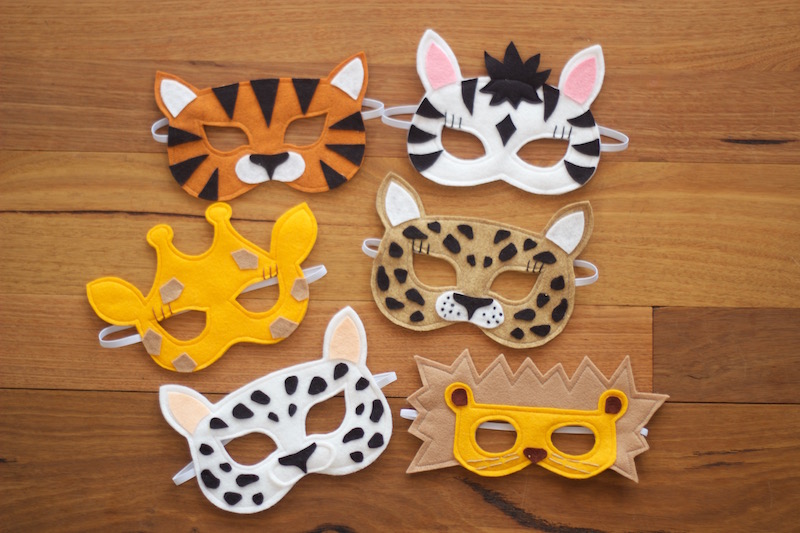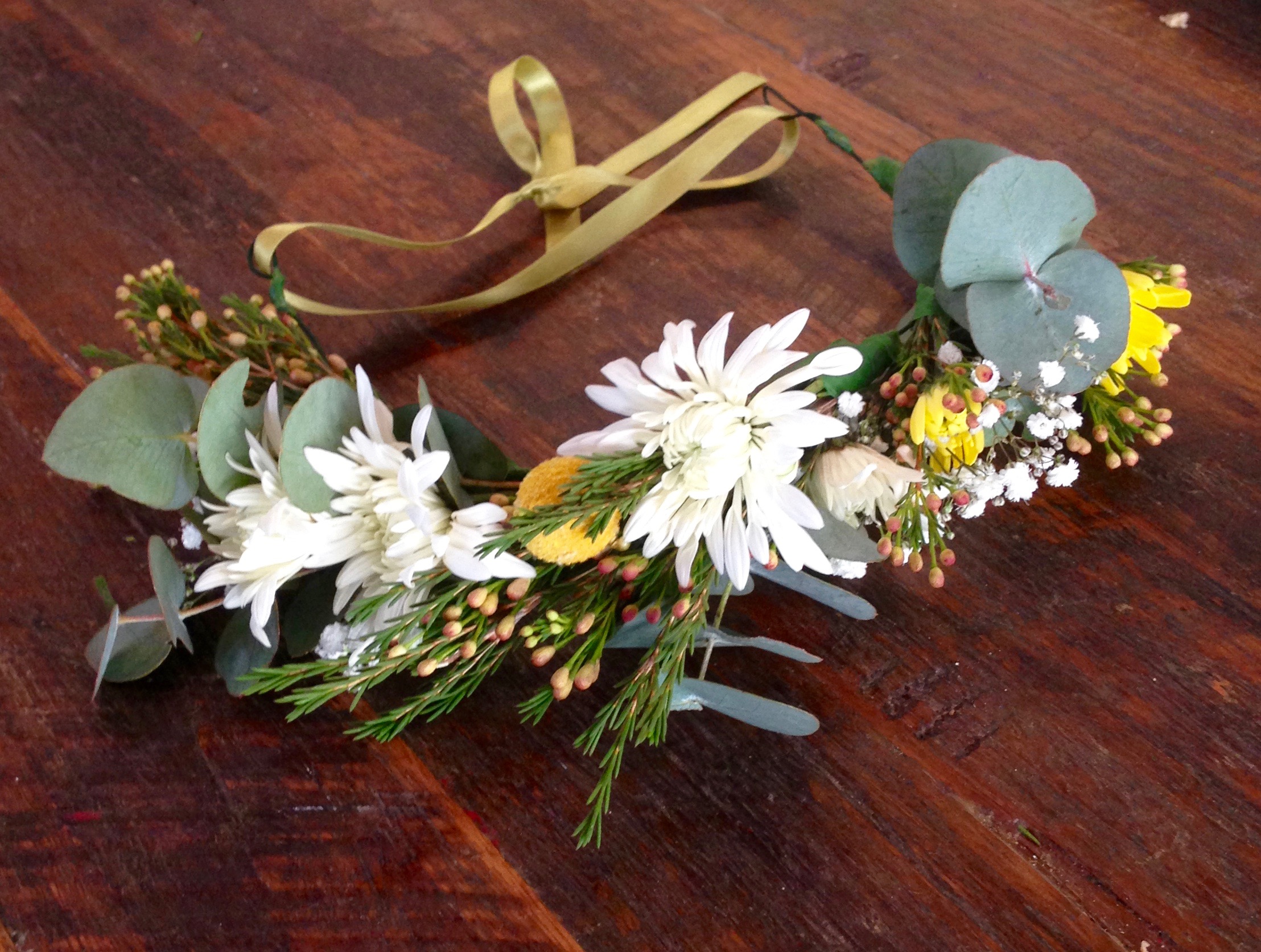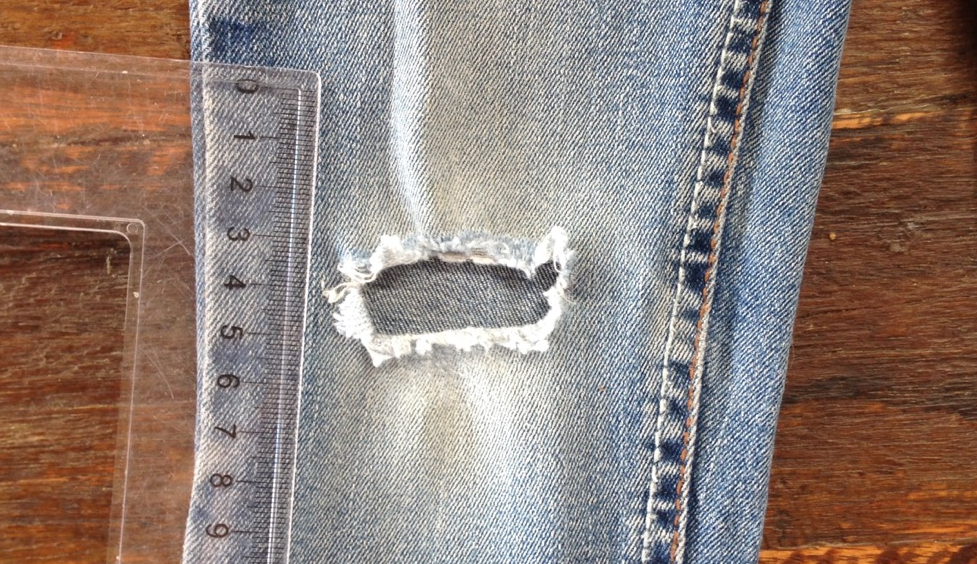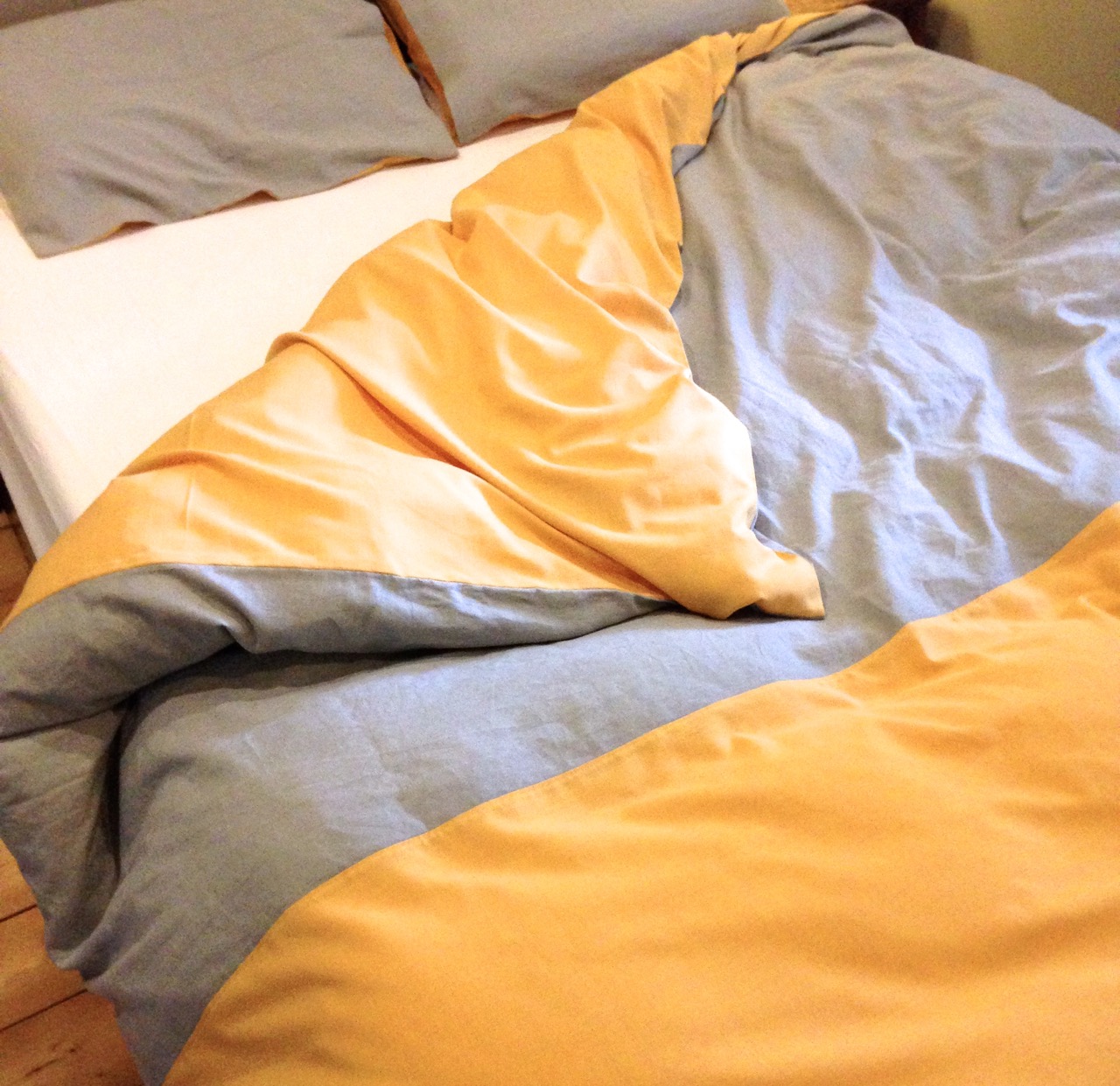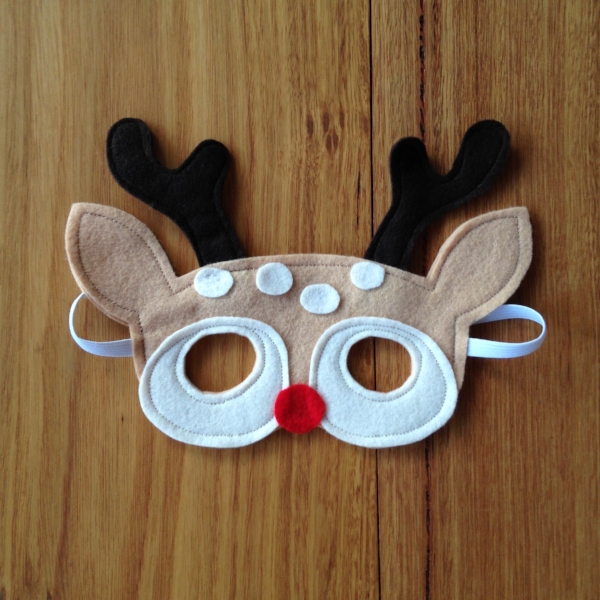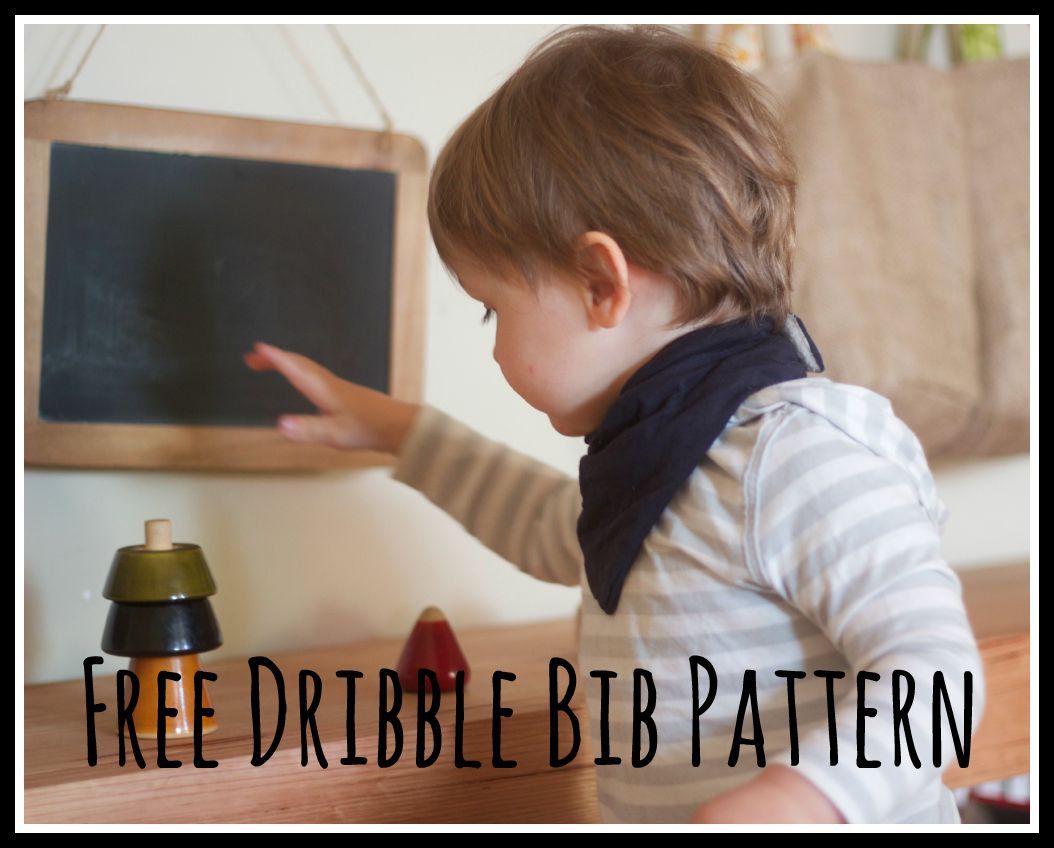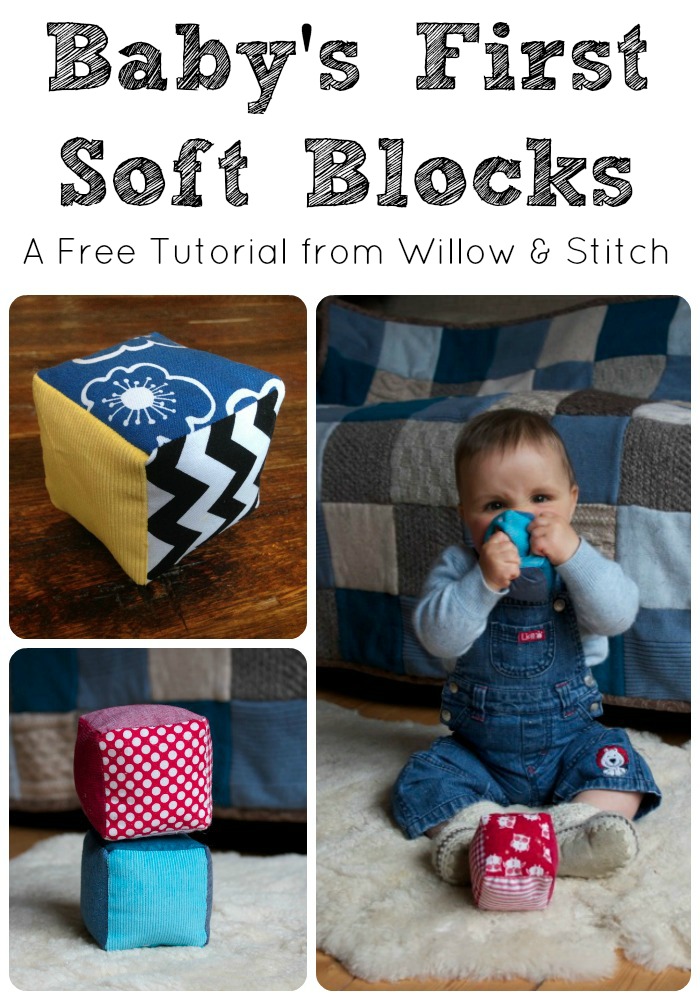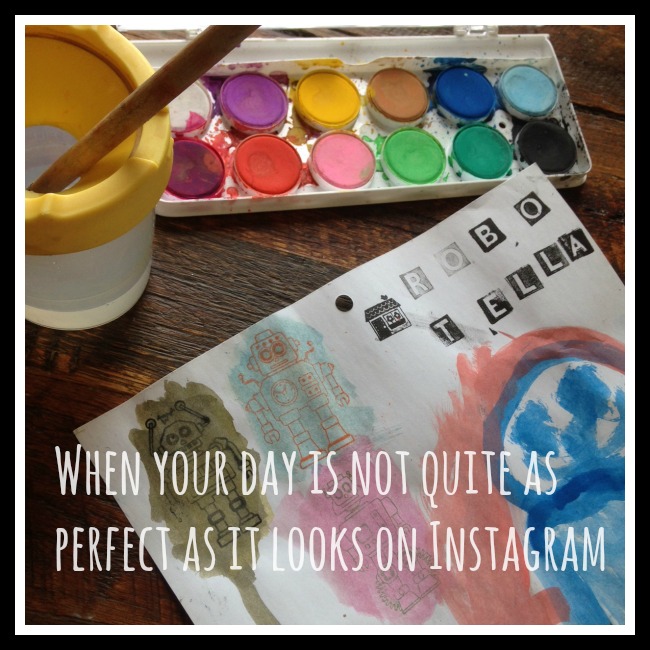Drape Drape 2 - Asymmetrical Scoop Neck Tee: Pattern Review
/I've been flouncing around the house today in my favourite new me-made. I am completely in love with this Asymmetrical Scoop Neck Tee from Drape Drape 2. Despite having borrowed the original Drape Drape book from my friend about a year ago, I hadn't got around to making anything from it yet so this was the first of Hisako Sato's pattern's that I have actually worked with. If I'm honest I had flicked through the first book and felt a little bit intimidated by (what appeared to be) some very fiddly patterns and hadn't managed to find the time, or the enthusiasm, to tackle any of them.
BUT. Then I saw a picture of this tee on Instagram and impulsively bought Drape Drape 2 purely so that I could make one. I'm really glad I did. It was the perfect first pattern to start with. Ridiculously simple (It's just a single pattern piece) but with some really lovely details. I love the way the fabric drapes at the waist and I particularly like the shape of the fitted sleeve on the right side. The left sleeve is loose and the shoulder has a lapped seam which just looks really nice. The neckline is lovely, if a little wide - certainly not ideal for grovelling around on the floor picking up toys / shoes / bits of banana. Unless, of course, you happen to be wearing a particularly lovely (handmade?) bra that you want to show off. But let's face it, if you're grovelling around on the floor cleaning up discarded bits of old banana no one's really going to fancy you anyway, even if you are flashing your pretty undies at them. Probably best to just save this tee for a civilised evening with friends once the kids are in bed.
One more thing I should mention about this book is the sizing. I know it's a Japanese pattern book, but still, I can't pretend my ego wasn't slightly dented by the fact that I was measuring as a size XL when I usually wear a small or medium! I can't help but wonder how many people have bought the book and then discovered that nothing much will fit them.... Of course you'd probably all have the sense to check things like that, rather than just buying a book of patterns on a mere whim like I did...
Still, there are at least 3 other patterns in this book that I'm dying to try and on the whole I like Drape Drape 2 much more than Drape Drape 1 - there seem to be many more wearable items in it, although to be honest several of them would still be pretty obscenely revealing if wore them like the models in the book do (i.e. without anything underneath). I think layering is going to be key... But that's a problem for another day and in the meantime I'm going to continue crushing on my new tee and flouncing around the house.

